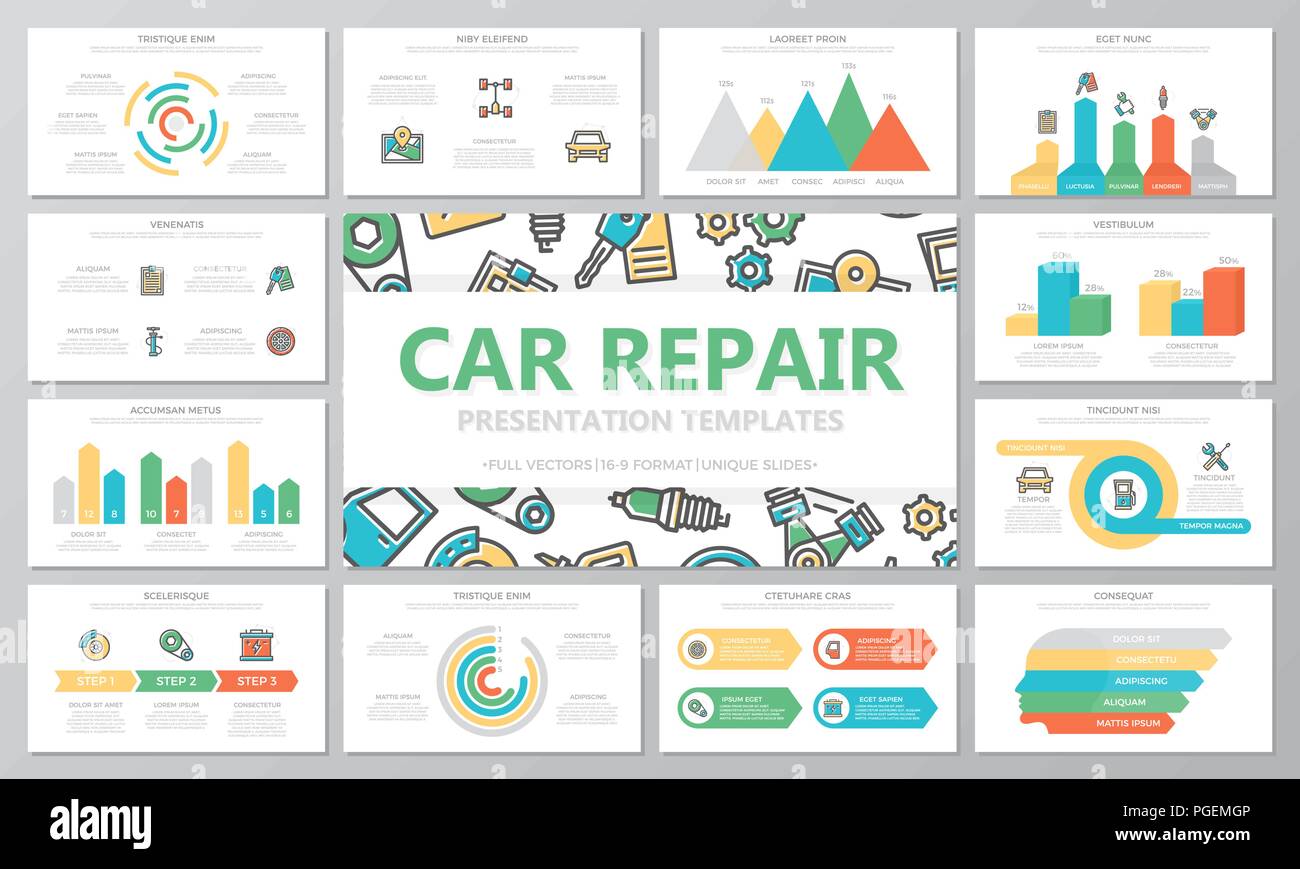Exploring The Genuine Analysis Of Your Car'S Warning Lighting
Exploring The Genuine Analysis Of Your Car'S Warning Lighting
Blog Article
Staff Writer-Peck Dreier
When you're behind the wheel, those beautiful warning lights on your control panel can be a bit complicated. Do you recognize what they're attempting to tell you about your car's health? Comprehending the significance of these lights is important for your security and the durability of your car. So, the next time among those lights pops up, wouldn't you wish to understand its message precisely and take the necessary steps to address it?
Common Warning Lighting and Interpretations
Identify usual warning lights in your cars and truck and comprehend their definitions to ensure safe driving.
The most typical caution lights include the check engine light, which signals issues with the engine or emissions system. If this light begins, it's crucial to have your car checked promptly.
The oil pressure warning light indicates low oil stress, calling for instant attention to prevent engine damages.
A flashing battery light might suggest a damaged charging system, potentially leaving you stranded otherwise dealt with.
The tire pressure monitoring system (TPMS) light informs you to reduced tire pressure, affecting car security and gas efficiency. Overlooking this can bring about risky driving problems.
The abdominal light shows an issue with the anti-lock stopping system, jeopardizing your capacity to quit quickly in emergencies.
Lastly, the coolant temperature advising light warns of engine overheating, which can cause extreme damages otherwise fixed swiftly.
Comprehending these common caution lights will help you attend to concerns promptly and maintain safe driving conditions.
Relevance of Prompt Focus
Understanding the typical warning lights in your vehicle is just the primary step; the relevance of immediately attending to these warnings can not be emphasized sufficient to guarantee your safety when traveling.
When more information illuminates on your dashboard, it's your vehicle's method of communicating a prospective problem that requires interest. Disregarding these warnings can result in extra serious problems in the future, endangering your safety and possibly costing you extra in repairs.
Motivate attention to cautioning lights can stop breakdowns and accidents. For instance, a flashing check engine light might indicate a misfire that, if left unattended, could cause damage to the catalytic converter. Resolving this quickly can save you from a costly repair work.
Similarly, a brake system cautioning light may signify reduced brake liquid or used brake pads, crucial parts for your security when driving.
Do It Yourself Troubleshooting Tips
If you see a warning light on your dashboard, there are a few do it yourself fixing ideas you can try prior to looking for professional aid.
The very first step is to consult your auto's handbook to comprehend what the certain caution light suggests. In some cases the concern can be as simple as a loose gas cap setting off the check engine light. Tightening the gas cap may resolve the problem.
mouse click the next page is a reduced battery, which can set off numerous alerting lights. Examining the battery connections for rust and guaranteeing they're protected might take care of the issue.
If a caution light continues, you can try resetting it by separating the cars and truck's battery for a few minutes and then reconnecting it. In auto body collision repair , checking your lorry's fluid levels, such as oil, coolant, and brake liquid, can aid fix cautioning lights connected to these systems.
Verdict
Finally, understanding your auto's caution lights is vital for keeping your vehicle running efficiently and safely. By without delay addressing these alerts and understanding what they indicate, you can avoid pricey fixings and potential failures.
Bear in mind to consult your automobile's handbook for certain details on each alerting light and act as necessary to guarantee a trouble-free driving experience.
Stay informed, stay risk-free when driving!
